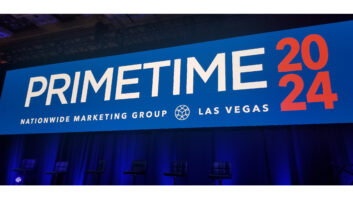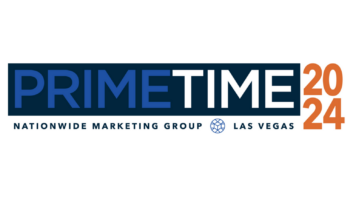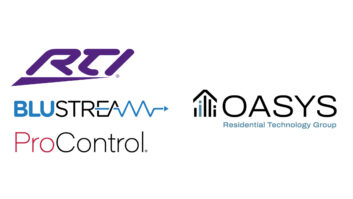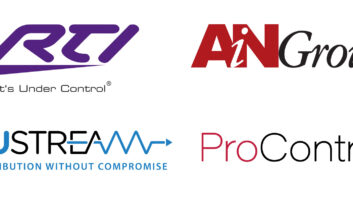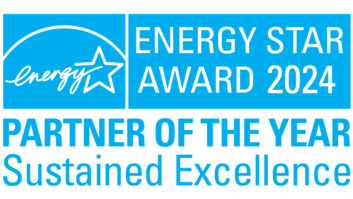There has been much discussion in the industry about buying group activities over the last few weeks. As with any change within our industry, there may be dealers who feel they may be better served with a tried and true way of doing business. MARTA has always maintained that if a member believes that another buying group is a better fit for that dealer, we will not, nor should not, stand in his or her way.
MARTA will continue to do what it always has done when it comes to new members: see if prospective members fit within MARTA’s distribution. Since MARTA places a high priority on not layering dealers on top of each other in the same marketplace, time is taken to make the right decision on behalf of the membership. Membership totals are more important if you are a “for profit” group. Quality of the members, and the ability for members to share openly, is more important to MARTA.
It is important that everyone in the industry understand the changes MARTA is undertaking. These are not changes made in crisis or desperation; it is a change we feel buying groups will have to make sooner or later. It is our belief that operating models for groups that have worked in the past will not work in the future. MARTA recognizes this need for change and has been proactive in pursuing a new structure to address the changing retail environment.
In our view, the retail world has become a much different place than it was when buying groups sprung up 30-plus years ago. The marketplace is more competitive than ever before. Price alone is not the answer. To survive, a buying group today will have to be exceptionally efficient and provide the best value for its membership. That means every aspect of the buying group’s operating model must be examined with two important questions in mind:
- Does it bring value to the members?
- Is it cost effective?
One way to do this is to lower operating costs and expand services at the same time. You gain efficiencies by either outsourcing services that can be done more efficiently or discontinue them. This means you use members’ dollars more effectively. The result? The group returns more money back to its membership.
The more efficient a buying group is, the stronger the dealer base will be and the stronger the relationship with the manufacturer. Manufacturers want their extra support to programs to be realized by the members. Manufacturers know what their price is to the groups and how that is passed to the membership. As groups move forward, the delta between the two will come under more pressure. This is why efficiency will be so important.
In other words, larger size is not a guarantee of efficiencies; if anything, it is just the opposite. Toyota is smaller than GM today, but its overhead is lower and it is a much more efficient company. It is growing share and will probably overtake GM.
It is no different in the buying group industry. It is not a question of “if” being highly efficient is important; it is only a question of how — and when — it impacts buying groups. MARTA’s objective is clear: to be on the front end of the curve.
The collective strength and efficiencies of our alliance, not nose counts, is what really matters going forward. MARTA believes that the not-for-profit model, where there is no ownership other than the members themselves, is the most efficient model in the marketplace and that this model will ultimately be one that is emulated by others.








